Work flow molecular study
on Monday, November 3rd, 2025 10:57 | by Julia Schulz



Category: Operant learning, PKC | No Comments
First results for Salt (1.5 M) avoidance tests in group A, B and C under red and blue light
on Sunday, November 2nd, 2025 5:27 | by Christoph Kumpfmüller
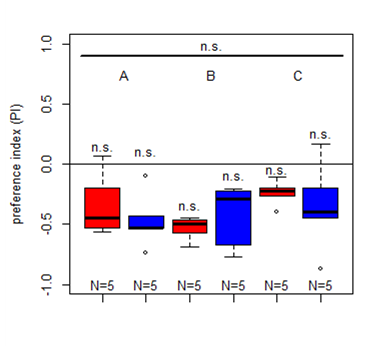
Category: crosses, DAN, Larve, Mushroom Body, Optogenetics | No Comments
Completed Results of Salt (1.5 M) avoidance in WTB Larvae
on Sunday, November 2nd, 2025 5:20 | by Christoph Kumpfmüller
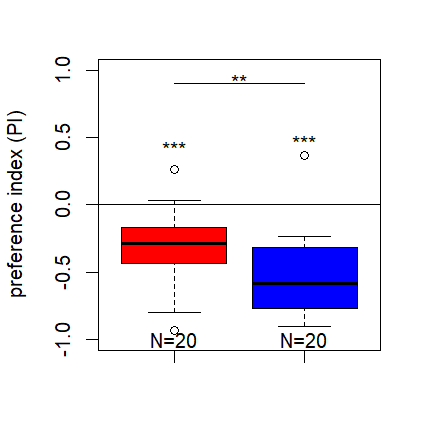
Category: Larve, Mushroom Body | No Comments
Proceeding with T-Maze experiments
on Friday, October 31st, 2025 1:38 | by Daniel Döringer
After pausing T-Maze experiments because of the issues with my negative control, I should now be abled to proceed.
Since it’s been a bit more than 2 months since the last results, this was the state of the experiments back then:
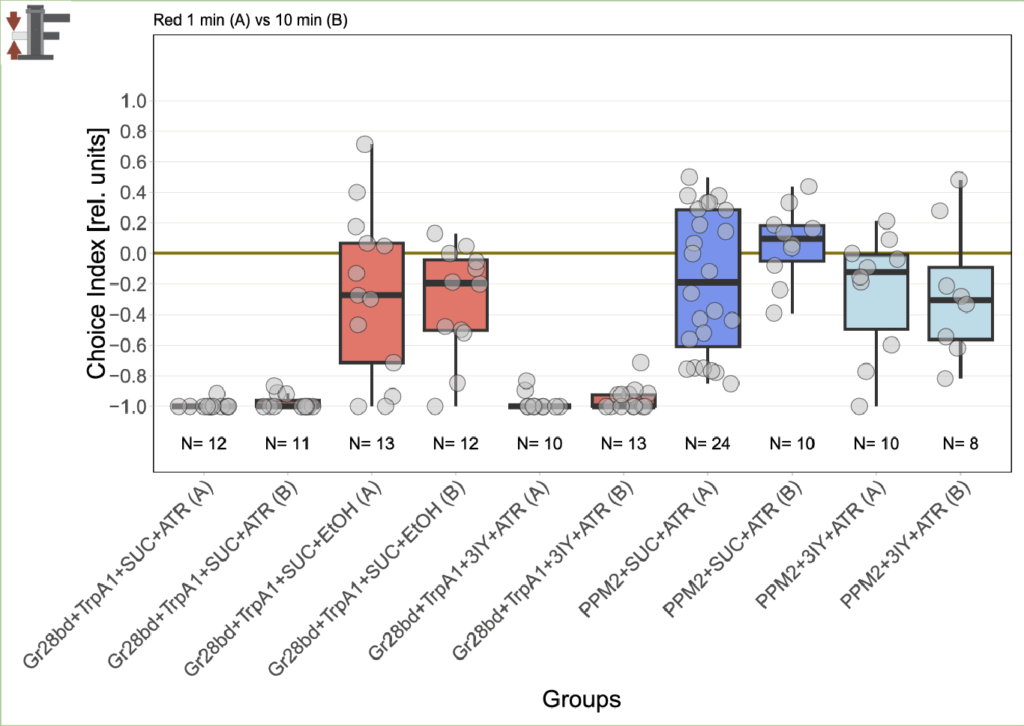
Now I added the following results:
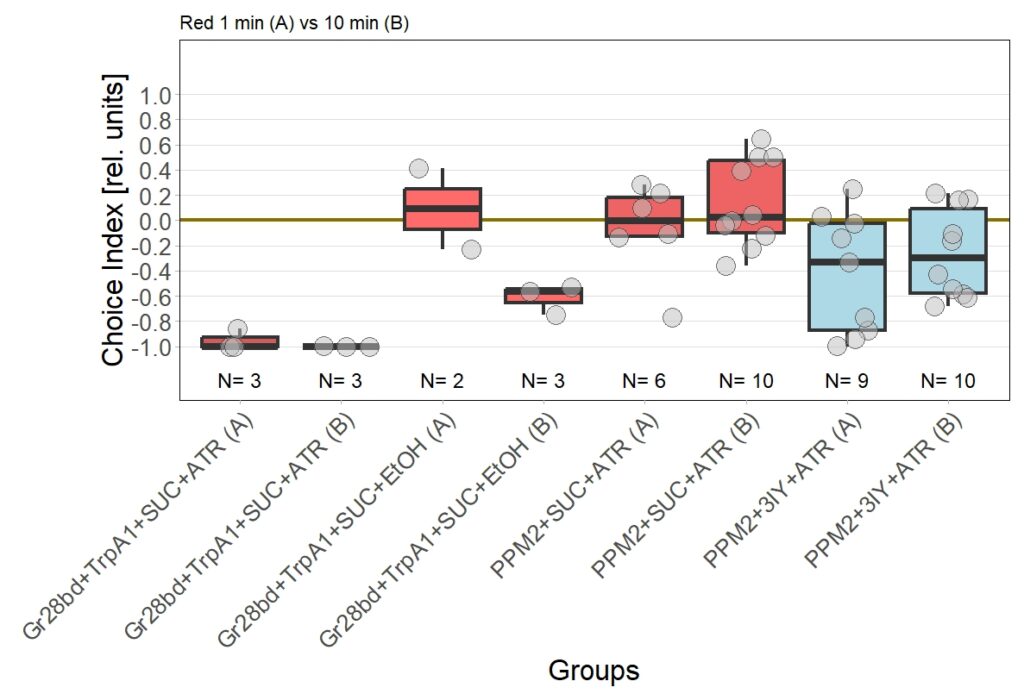
Leading to an updated version of all results:
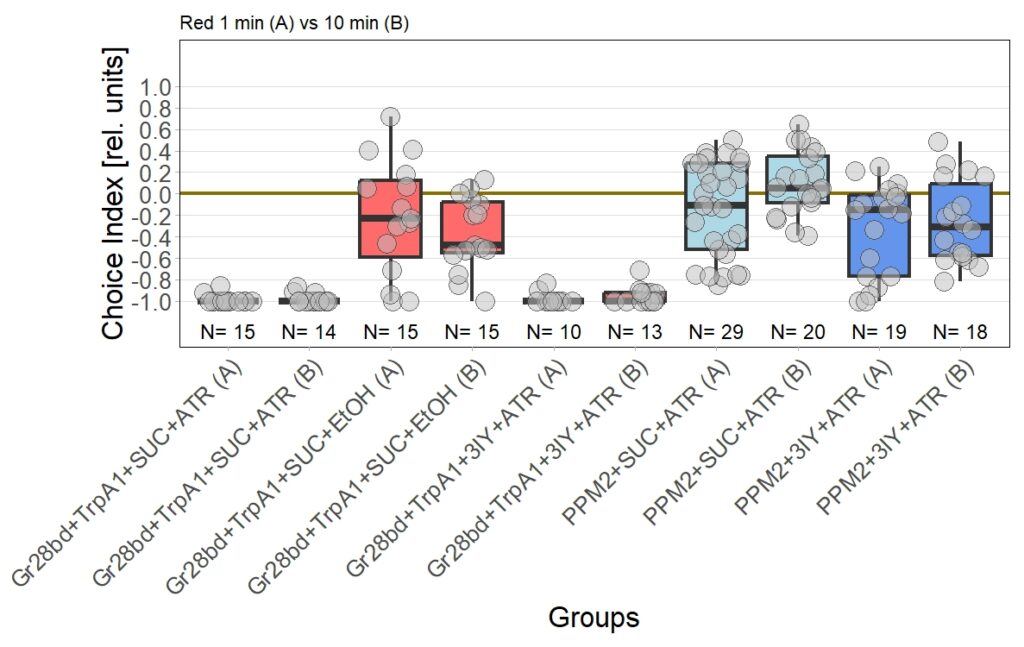
Category: Optogenetics | No Comments
Work flow molecular work
on Monday, October 27th, 2025 1:03 | by Julia Schulz
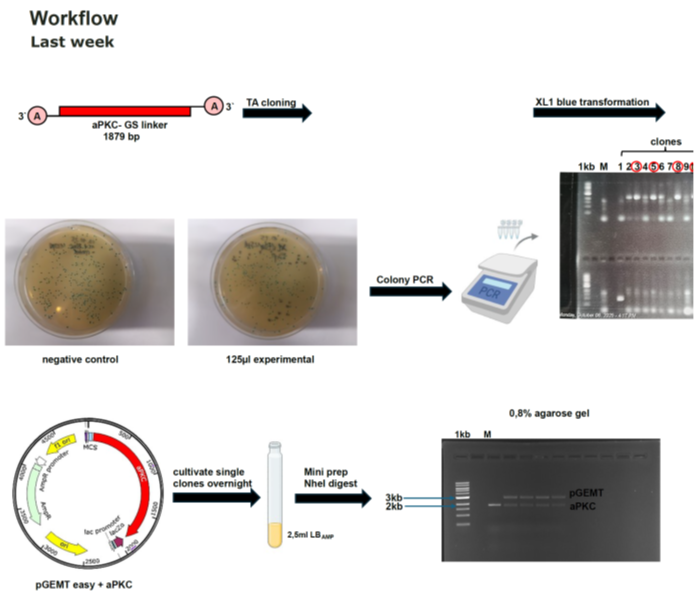

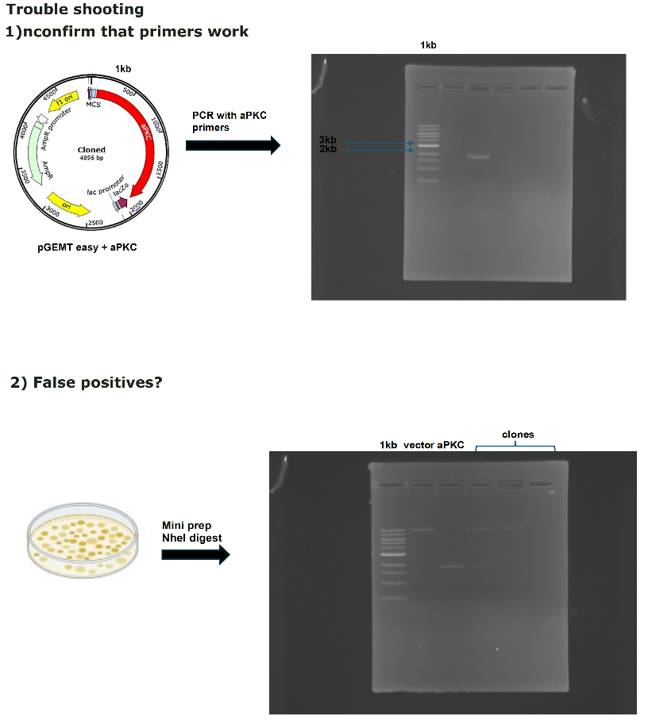
Category: Uncategorized | No Comments
Almost there
on Monday, October 27th, 2025 12:47 | by Daniel Döringer
In this set of JoyStick experiments, I tested flies expressing the CsChrimson channel in OA-VuMa octopaminergic neurons, which are the Drosophila counterparts to the honeybee OA-VUMmx1 neurons. There are still a few flies left, but for now activation of these neurons does not seem to mediate any strong innate valence. There may be a slight tendency for approach in the alter periods but it might also be by chance, since we can already observe positive values in the pretest.

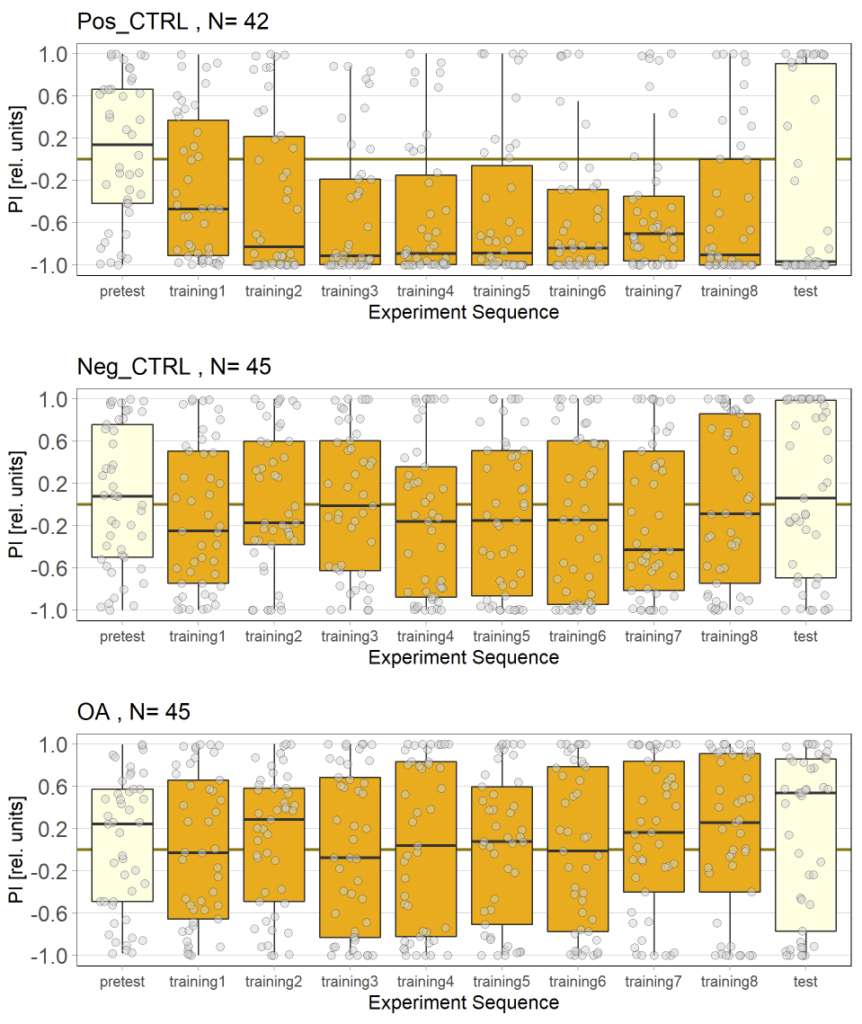
Category: Optogenetics | No Comments
WTB fly, first test
on Monday, October 20th, 2025 12:21 | by Fridrik Kjartansson
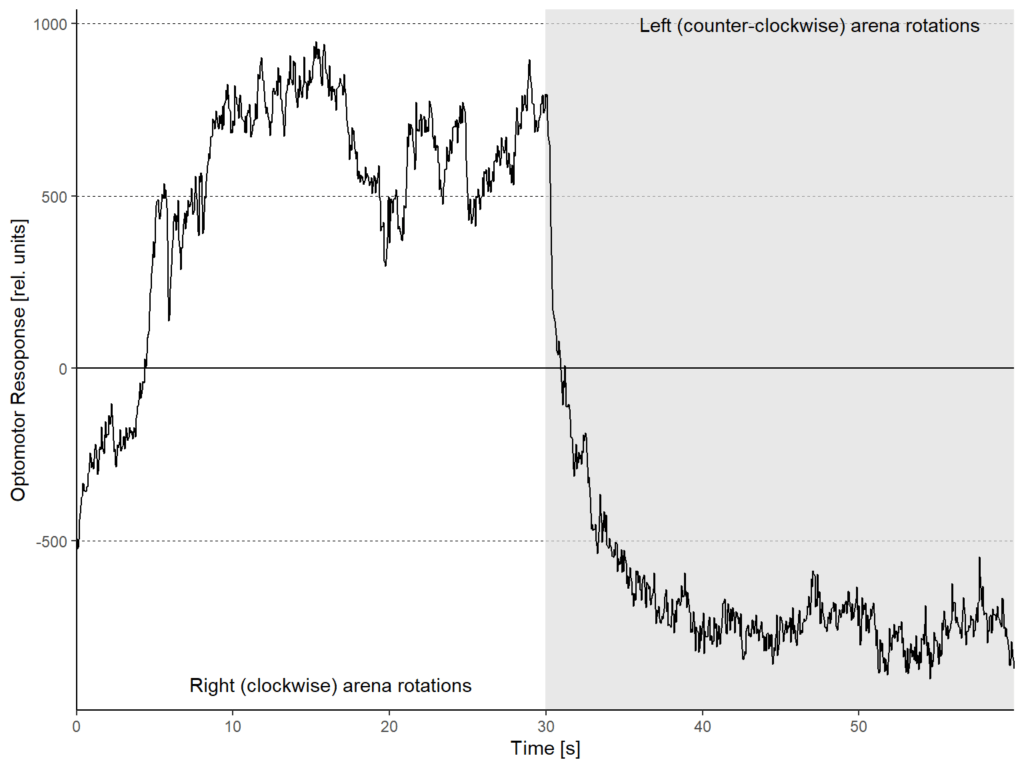

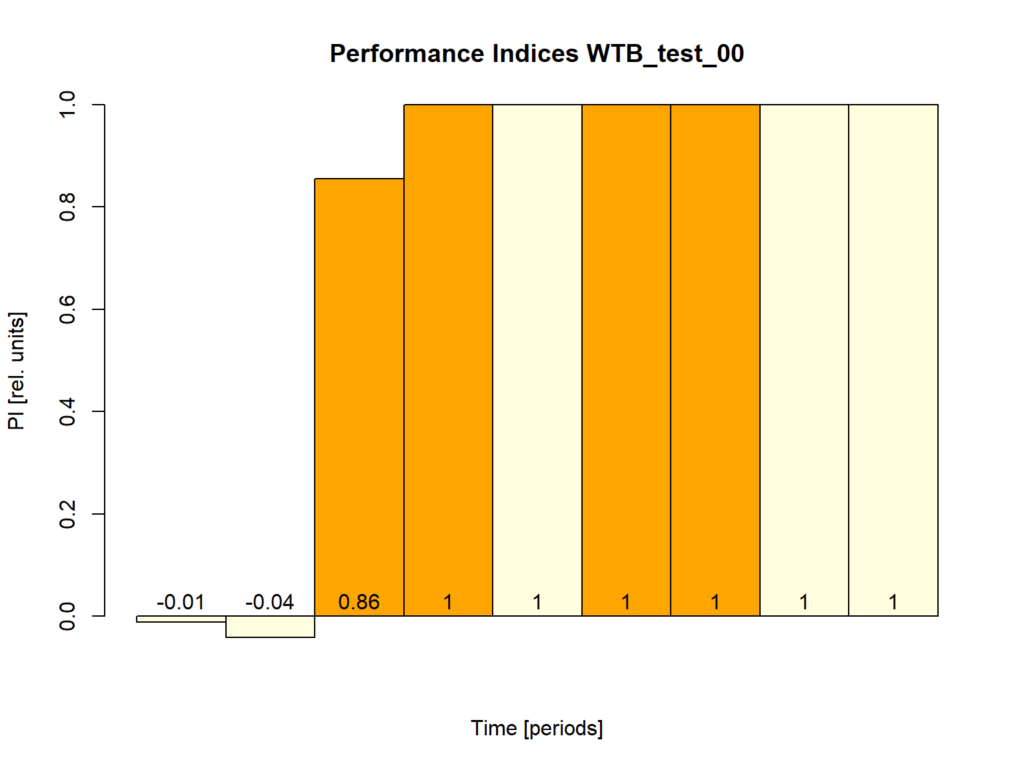
Category: Uncategorized | No Comments
Breaking the ellipsoid body code
on Monday, October 20th, 2025 12:14 | by Björn Brembs
Now that I’ve reached a sample size of near 30 animals in each group, it was time to break the code to see which group was wich. To my surprise, the worst performing group in term,s of learning was the control group:
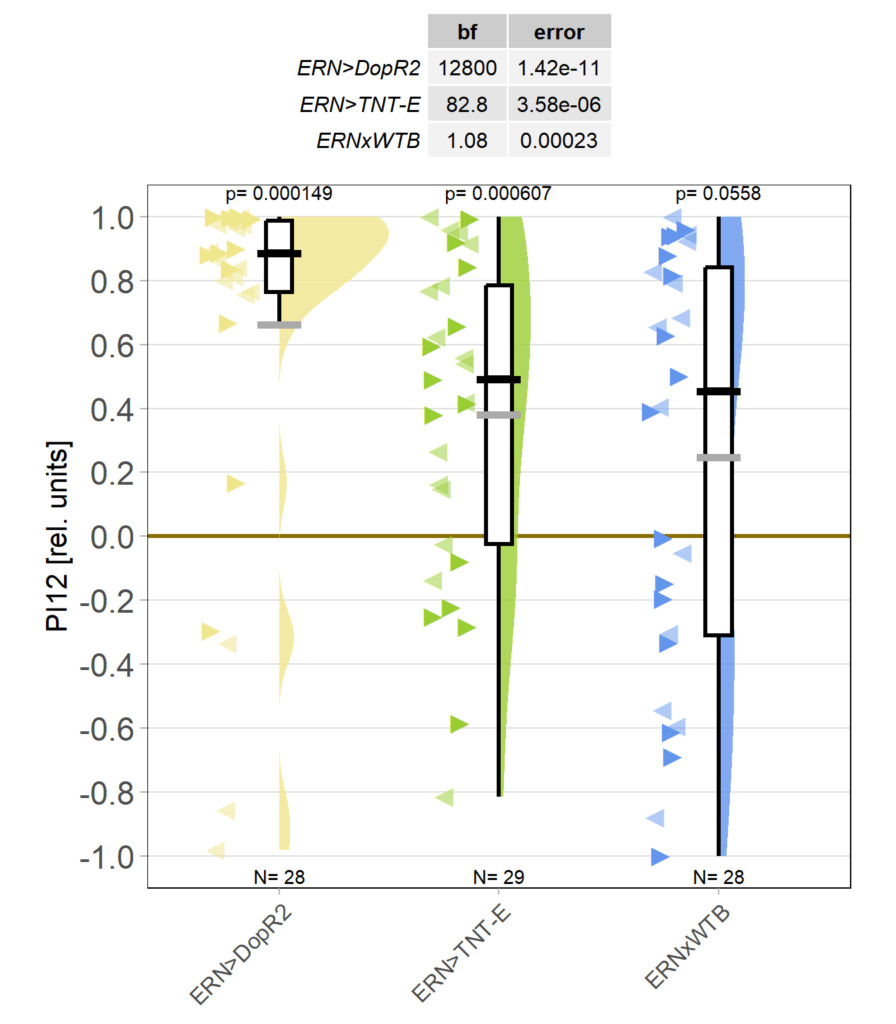
It is unusual for between-groups comparisons to become statistically significant at the 0.005 level with a sample size of less than 50, let alone 30, but these DopR2 knock-downs in ellipsoid body ring neurons are just a class of their own:
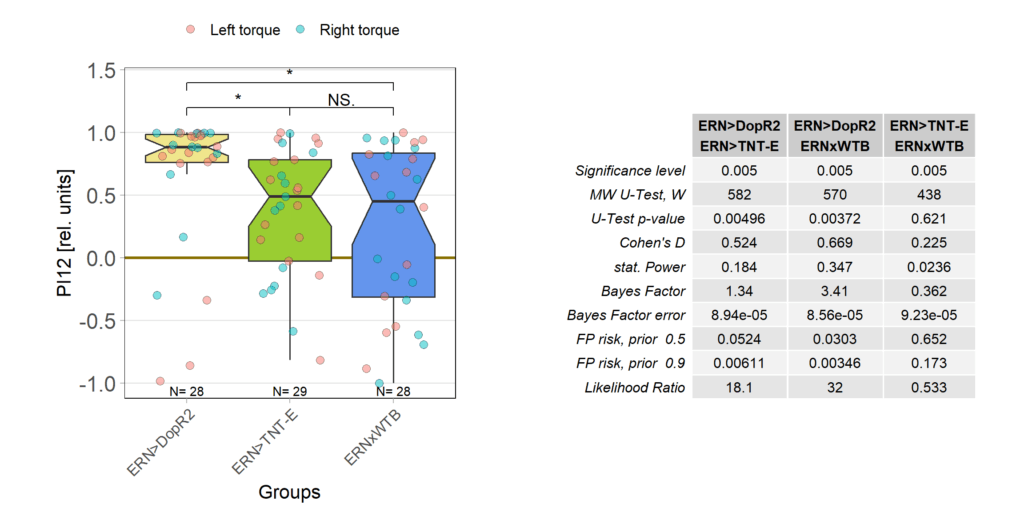
The DopR2 receptor knock-down not only performed exceedingly well in these leaning experiments, it was also the cross with the strongest optomotor response:
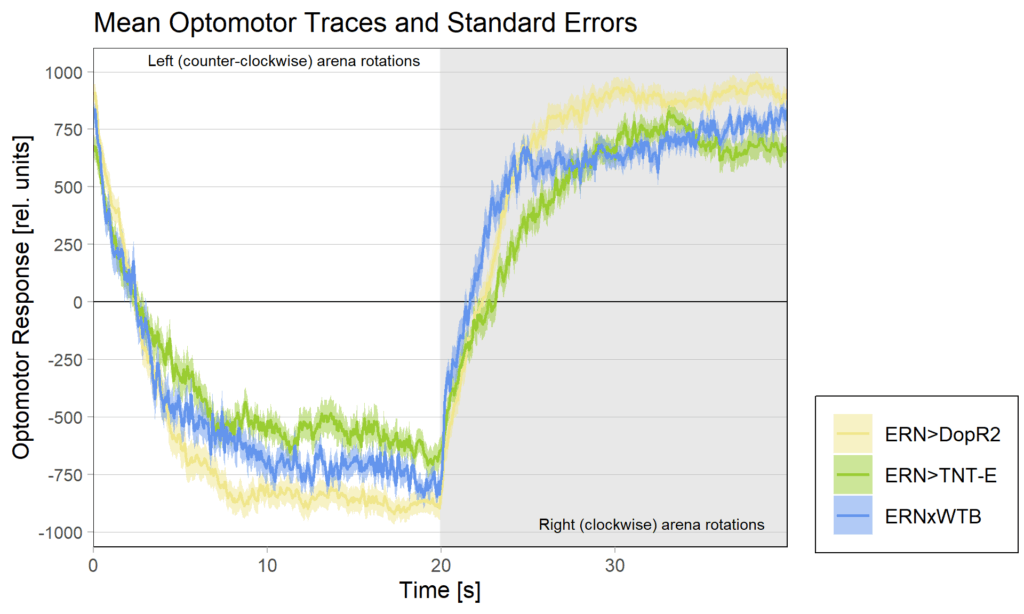
And also that difference is statistically significant:
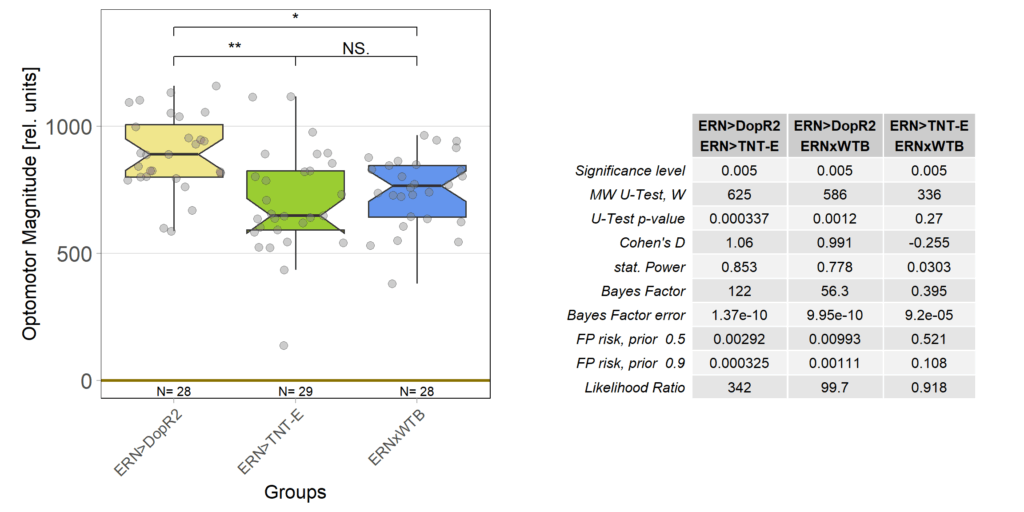
The TNT-E flies had a slight positive preference, worse avoidance (esp. in the first training period) and flew really bad. One could say they did have some learning deficits, but it doesn’t look as if learning was completely abolished (which is roughly what Andreas had found before):
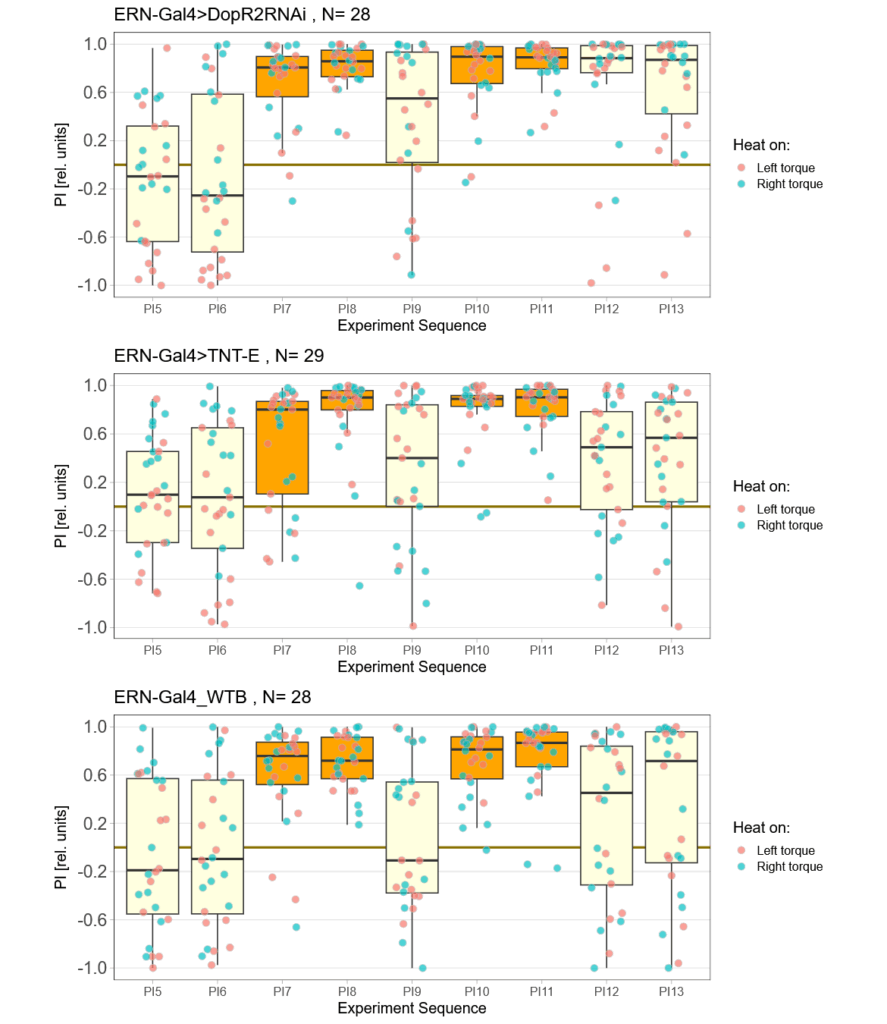
Andi’s results:
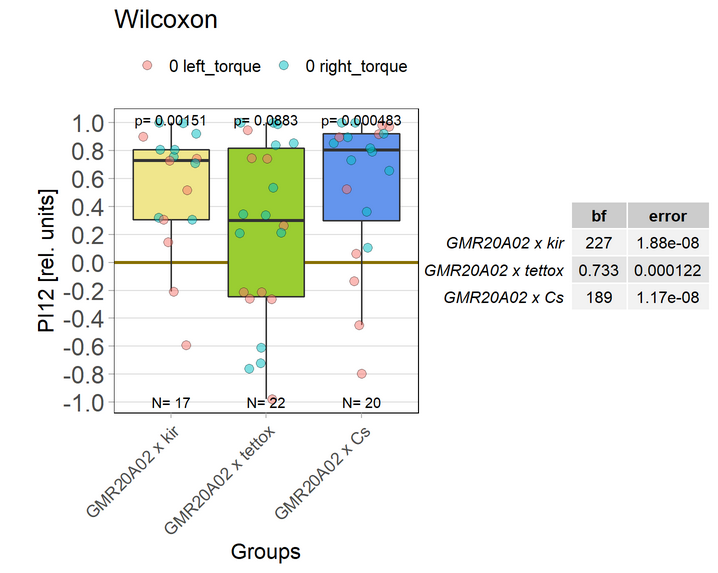
Category: operant self-learning | No Comments
Salt avoidance test in control larvae (WTB) under red light and blue light
on Sunday, October 19th, 2025 5:54 | by Christoph Kumpfmüller
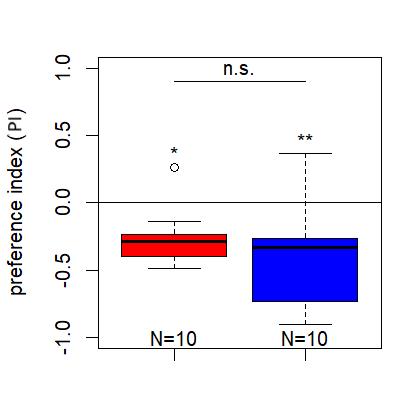
Category: Food preference, Larve, Mushroom Body | No Comments
Summary molecular work
on Monday, October 13th, 2025 1:58 | by Julia Schulz

Category: Uncategorized | No Comments
